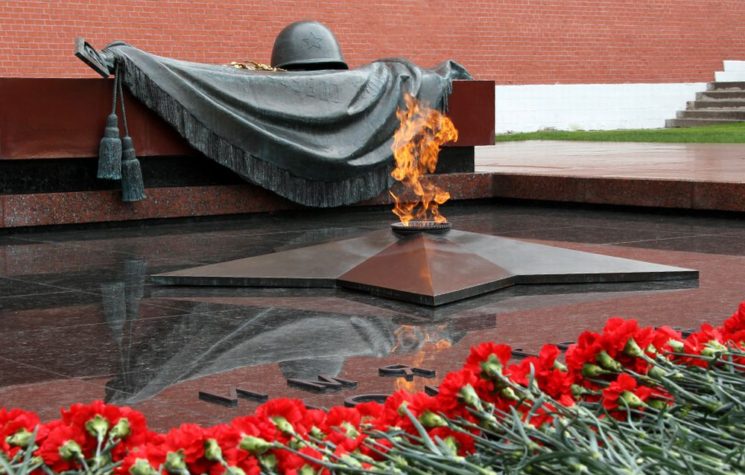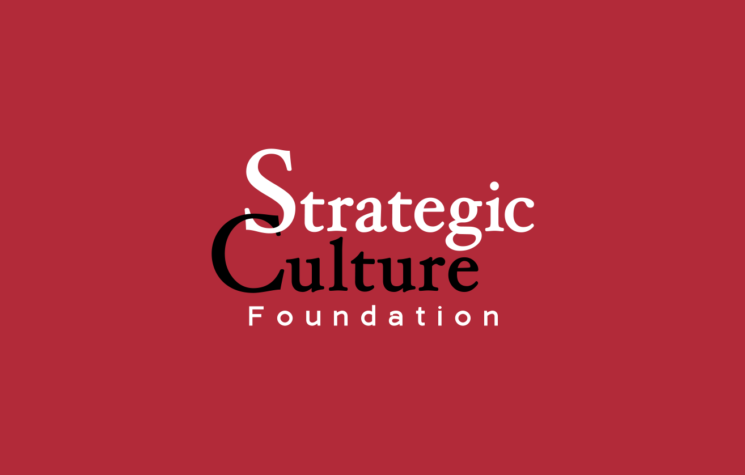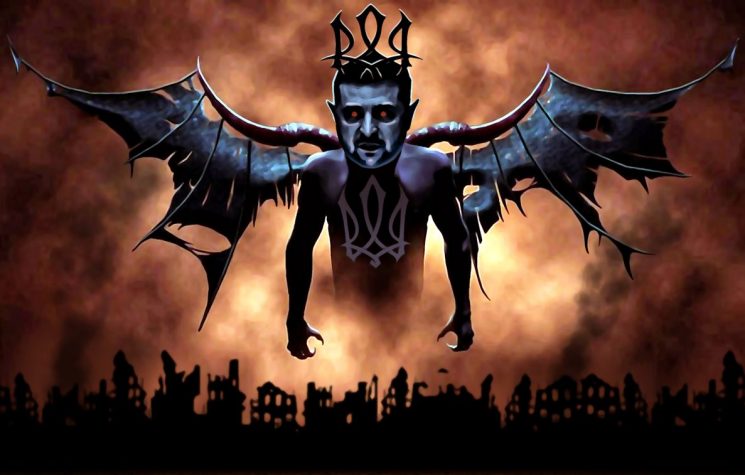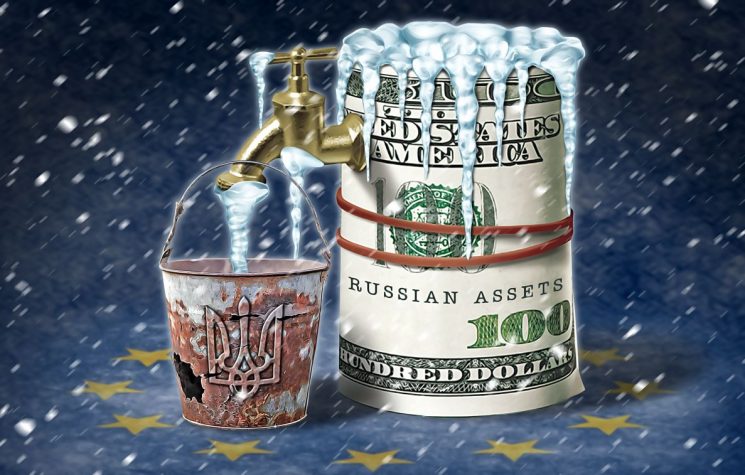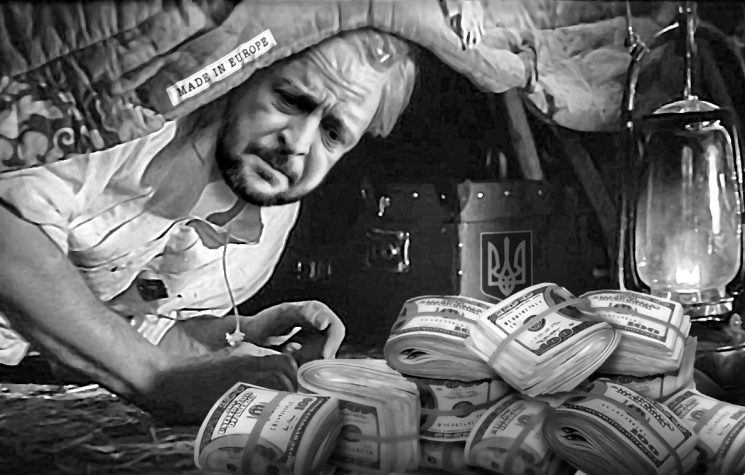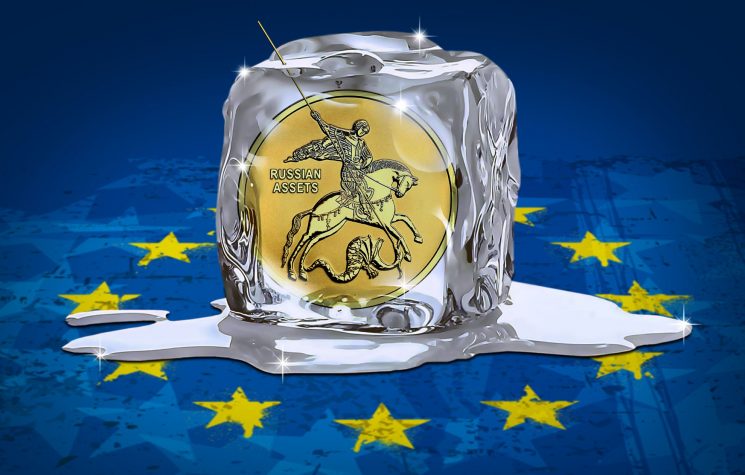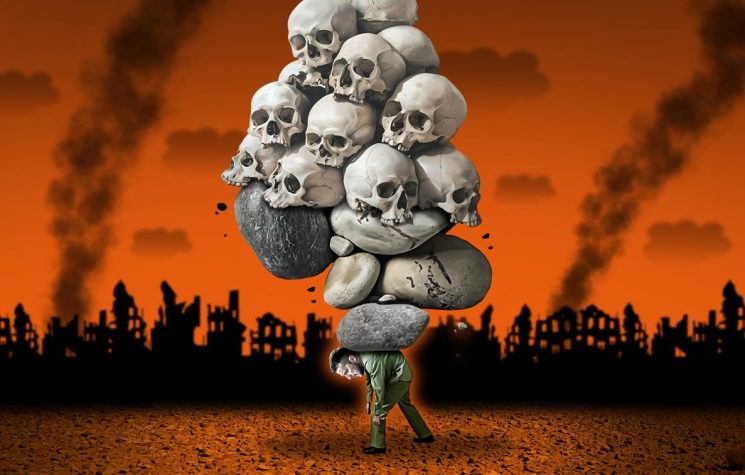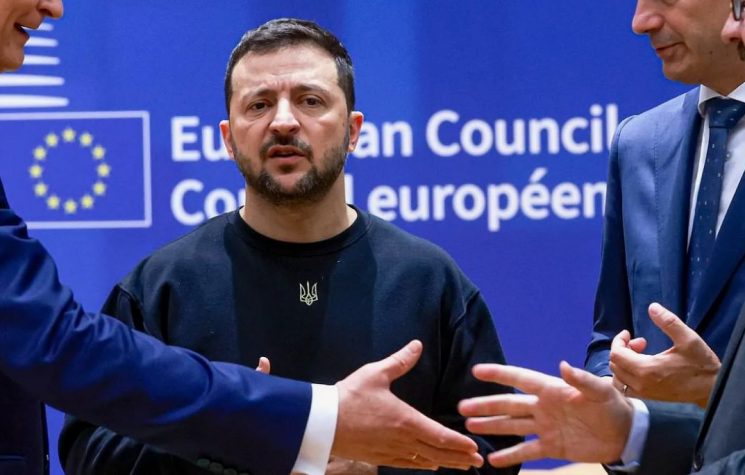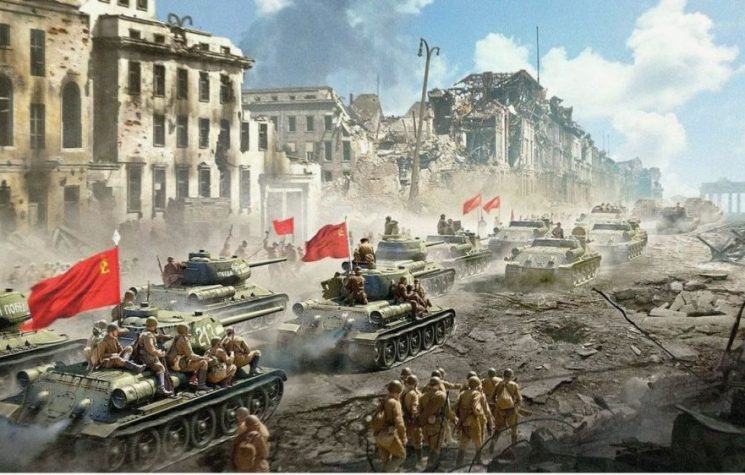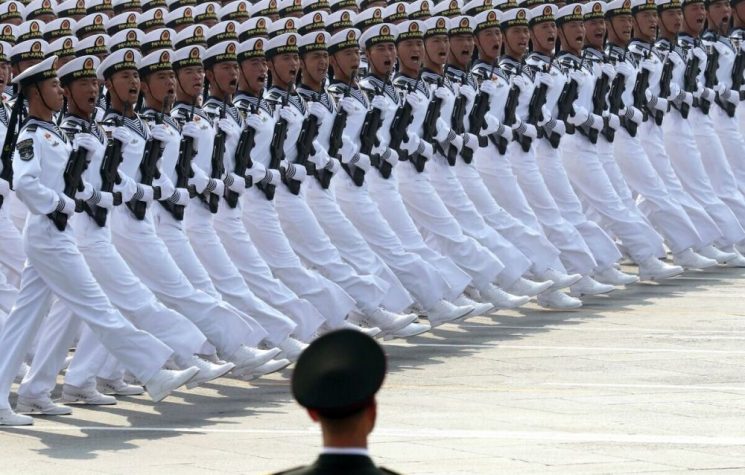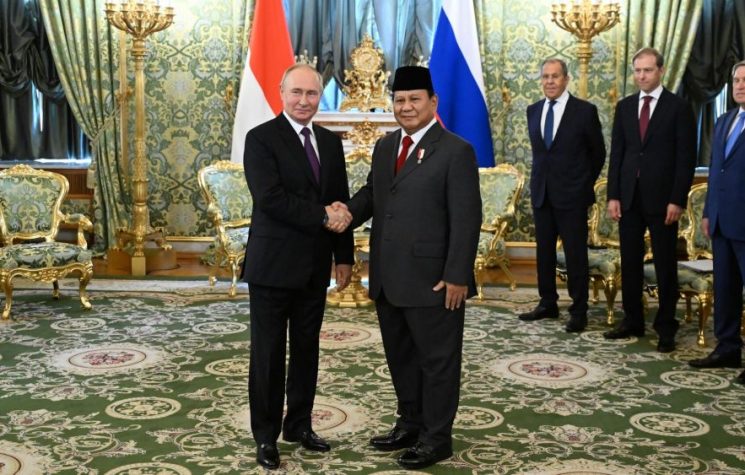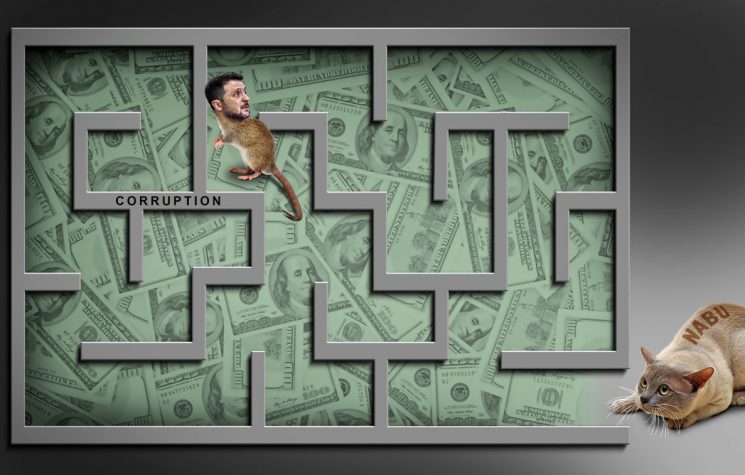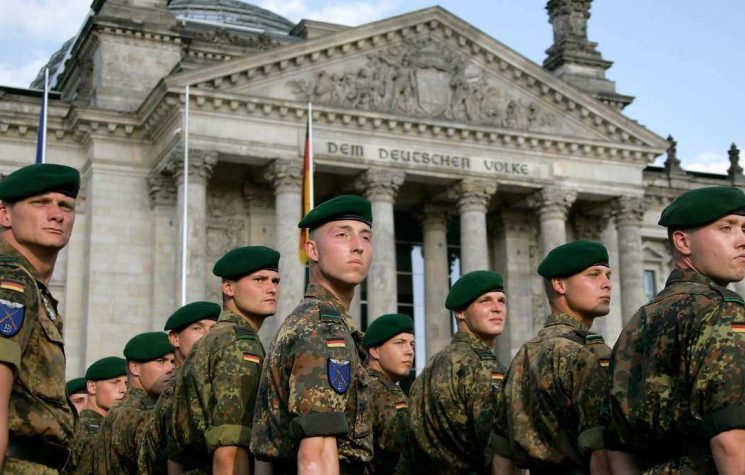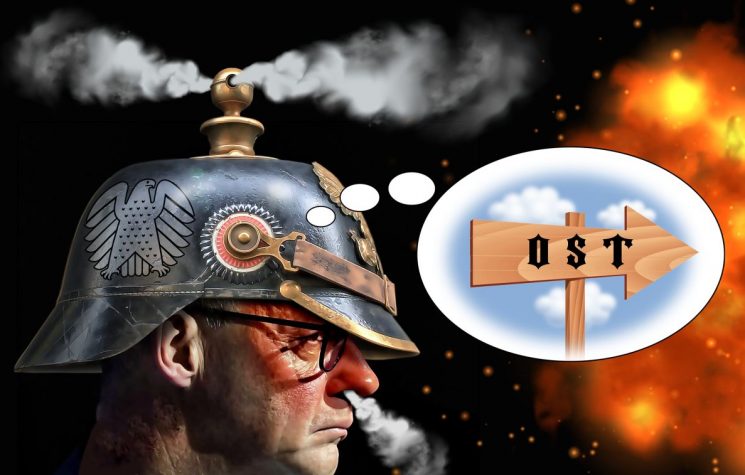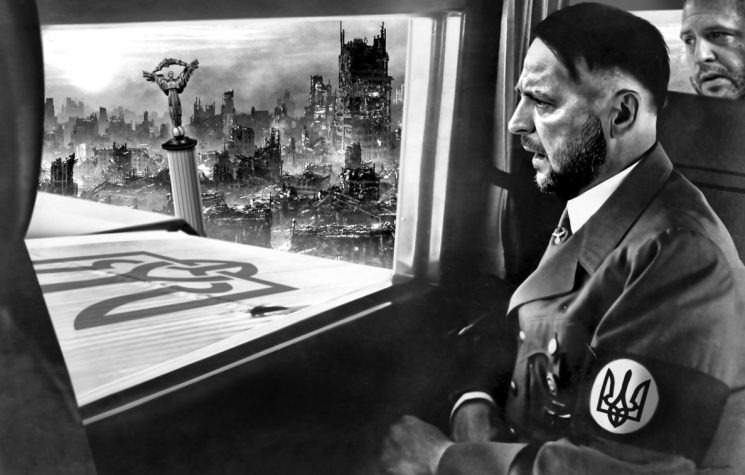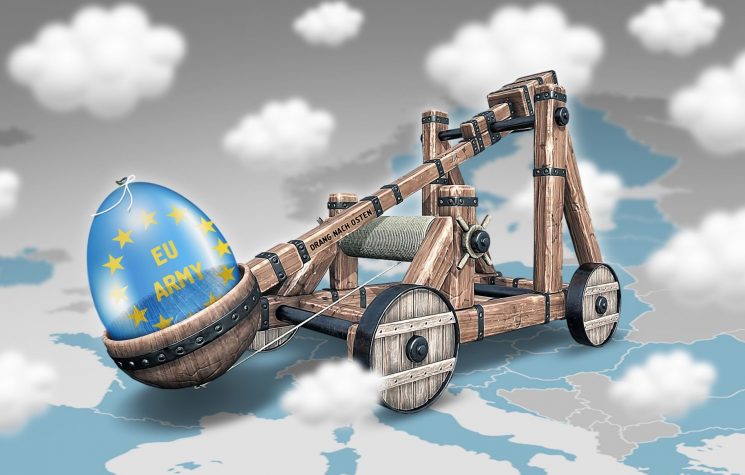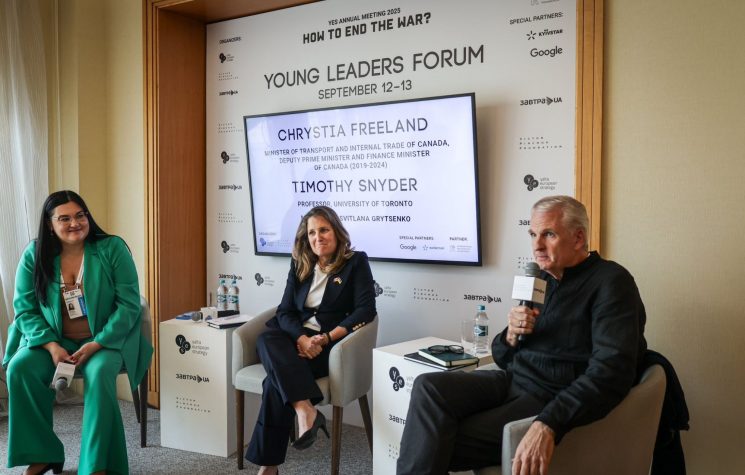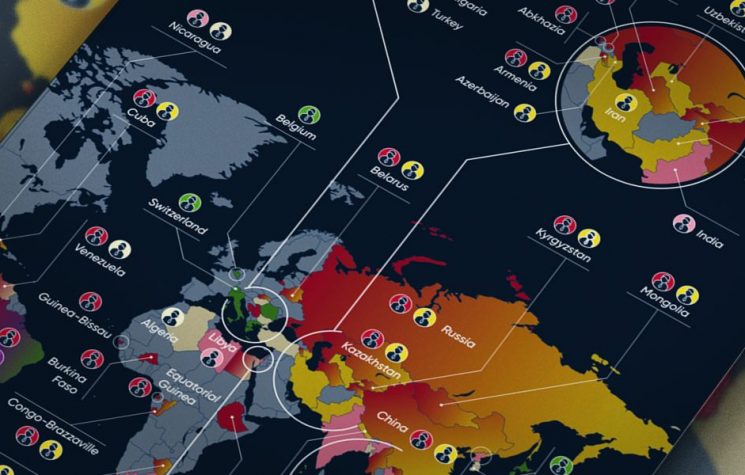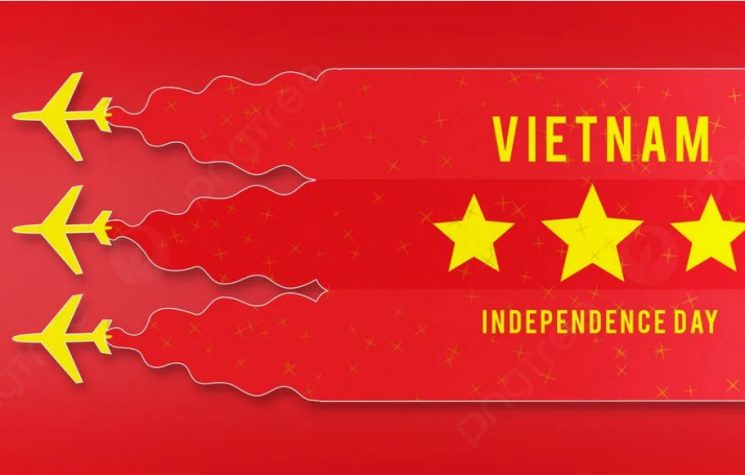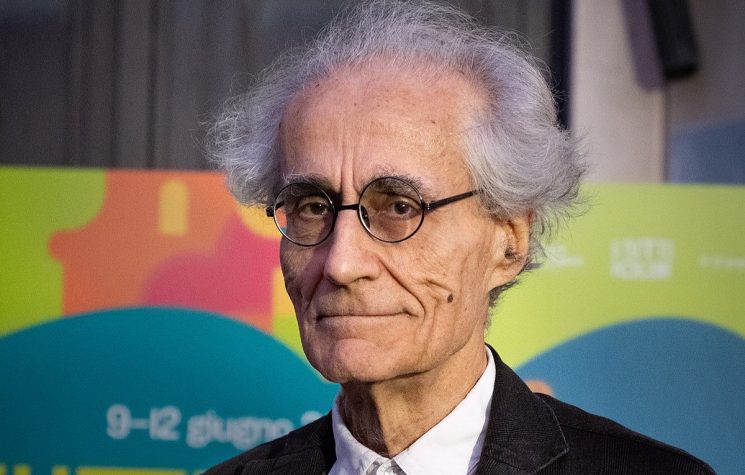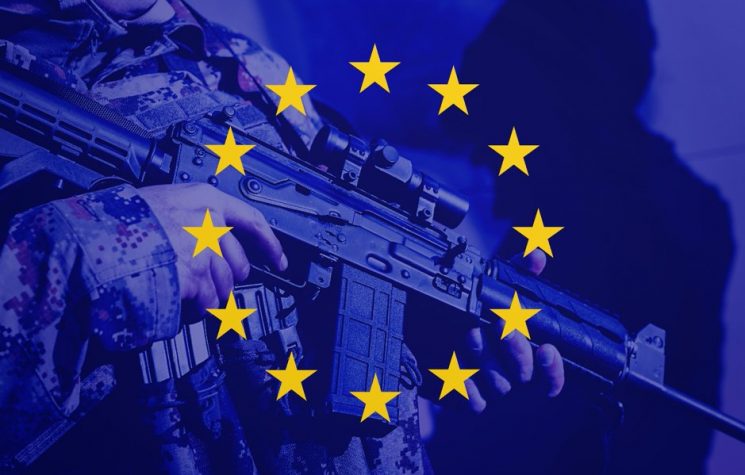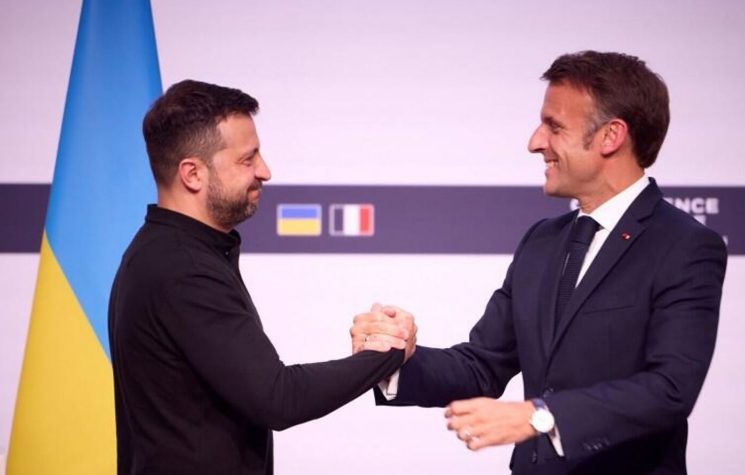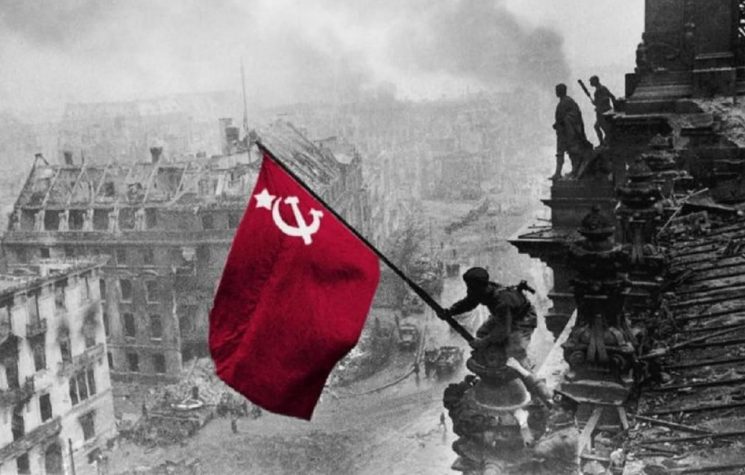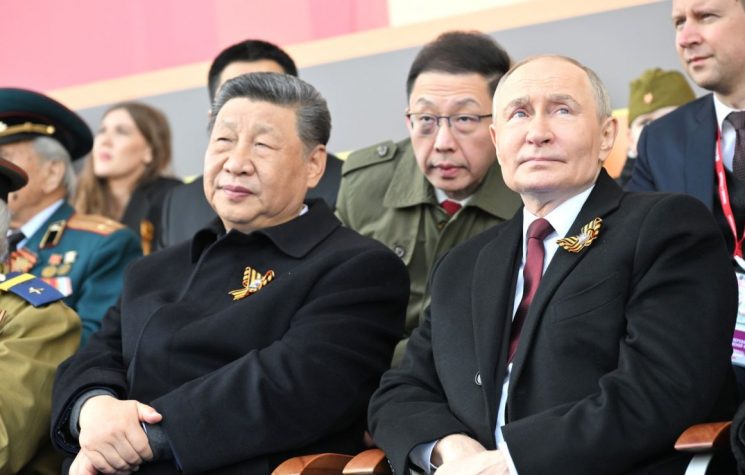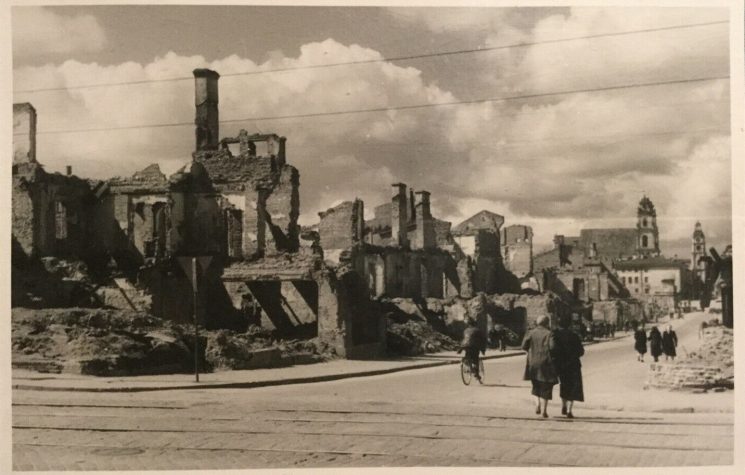The Western hemisphere is now, incredible as it may seem, siding with neo-Nazi elements against Russia, Robert Bridge writes.
This year’s Victory Day parade in Moscow, in commemoration of the defeat of Nazi Germany in 1945, promises to be a bittersweet event. That’s because the Russian people once again find themselves, much to their astonishment, in an existential struggle against fascism. Yet this time around, Western governments are not only ignoring the problem smack on Russia’s border, they are actively endorsing it.
True story: Back in the late 1970s, at Nativity of Our Lord elementary school in Pittsburgh, Pennsylvania, several students and I were called to the blackboard to perform a math problem. Having duly finished my task, I took an extra moment to doodle something next to my answer before returning to my desk.
All of a sudden, our teacher, a no-nonsense nun by the name of Sister Dolorosa, asked in a voice quivering with outrage, “Who…did…THAT?” My only thought was that someone was in a lot of trouble. As it turned out, I was right and that ‘someone’ was me. No longer seated at her desk, the enraged nun was standing next to my math problem, smacking a wooden ruler against the board where I had scribbled a picture, which just happened to be of a swastika. Not something one would normally find decorating a Catholic classroom. I slowly raised my hand as I waited for God’s well-known wrath, or the nun’s fearsome ruler, to strike me down on the spot.
Before the reader casts judgment on my foolish action, it’s important to note that I had only been introduced to that ancient symbol – now identified with Nazi Germany and its odious crimes – that same morning. It occurred during a visit to the school library, where I stumbled upon a book about World War II and saw for the very first time an image of the dreaded swastika. Needless to say, I was clueless about the horrific things it represented, and was amazed that a simple contorted cross could arouse so much emotion.
Today, several decades after my teacher had flown into a rage over a political symbol scribbled by a clueless child, the world has become a radically different place, and not for the better. Whether it’s because we’ve forgotten the cruel lessons of history, or because kneejerk Russophobia has become so deeply entrenched in the hearts of mankind, it’s hard to say. Whatever the case may be, the Western hemisphere is now, incredible as it may seem, siding with neo-Nazi elements against Russia. The swastika, it seems, no longer instills fear in the hearts of men.
Many people will be tempted to scoff at such claims, dismissing it as the machinations of ‘Kremlin disinformation,’ or whatever. These same people have probably never heard of the historical figure Stepan Bandera, the Nazi collaborator from World War II to whom dozens of statues have been erected in his honor in town squares across Ukraine. Nor have they had an opportunity, thanks to the well-known anti-Russia biases of the Western media, to witness the neo-Nazi paraphernalia, which include numerous tattoos, being documented by Russian troops in their grueling plod across Ukraine in hopeful preparation for some future military tribunal.
Meanwhile, Ukrainian President Volodymyr Zelensky has pointed to his Jewish ancestry in an effort to counter Russia’s claim that it is set upon the ‘denazification’ of his country. After all, how could a president with Jewish heritage, the argument goes, align himself with the very same ideological forces that were responsible for the Holocaust? To place faith in such assertions, however, would be a mistake. The fact is, Zelensky has proven himself absolutely helpless in the face of Ukraine’s far-right forces. One need only look to 2019, when the neo-Nazi paramilitaries were rallying around their “No Capitulation” campaign, which called for the rejection of any peace deal, as formulated in the Minsk Protocol, with the pro-Russian citizens of the Donbass. The fact that Zelensky was ultimately forced to concede to their demands explains everything we need to know about the current conflict.
The journalists Alexander Rubinstein and Max Blumenthal recently described the extent to which Neo-Nazi ideology has penetrated Ukrainian society, and regardless of Zelensky’s ethnic background.
“Azov had been formally incorporated into the Ukrainian military and its street vigilante wing, known as the National Corps, was deployed across the country under the watch of the Ukrainian Interior Ministry, and alongside the National Police,” the authors wrote in The Grayzone. “In December 2021, Zelensky would be seen delivering a ‘Hero of Ukraine’ award to a leader of the fascistic Right Sector in a ceremony in Ukraine’s parliament.”
Indeed, long before Moscow felt compelled to take action in Ukraine over these right-wing threats, which, incidentally, enjoy the sole backing of NATO states and their weapons, Western journalists were publicly discussing the rise of fascist tendencies in the country.
Back in March 2018, Reuters journalist Josh Cohen reported that although “many Ukrainians continue to regard the [far-right] militias with gratitude and admiration, the more extreme among these groups promote an intolerant and illiberal ideology that will endanger Ukraine in the long term.”
Cohen went on to quote Matthew Schaaf, the Ukraine project director at Freedom House, who revealed that “numerous organized radical right-wing groups exist in Ukraine, and while the volunteer battalions may have been officially integrated into state structures, some of them have since spun off political and non-profit structures to implement their vision.”
What that “vision” represents goes far at explaining the turmoil that grips Ukraine today.
How many progressives in the Western hemisphere know, for example, that Kiev gave permission to the grassroots extremist group C14 (the name refers to a 14-word pledge popular among white supremacists) to establish street patrols in the capital? In 2018, three such militia-run forces were registered in Kiev, the Ukrainian capital, with almost two dozen in other cities. Yet today, the Western media is pretending that none of this exists, and that any talk of a neo-Nazi strain in Ukraine is “disinformation.”
The West’s conspicuous efforts to suddenly whitewash the power and influence of the far-right in Ukraine betrays its deep-seated Russophobia more than anything. Yet if faced with an equally dangerous neo-Nazi threat on their borders, it is doubtful that NATO member states – not least of all Germany, where just the display of a Nazi symbol will land a person in prison for many years – would maintain a neutral position.
Much like the strong reaction displayed by that Catholic school teacher many years ago when confronted with the sight of a swastika in her classroom, people must once again understand the inherent danger that such an ideology carries – even if it means coming to a peaceful understanding and coexistence with Russia. But first it is necessary for the Western world to stop expecting Moscow to live next to an existential threat — a loathsome ideology already proven volatile before — no other country in the world would tolerate for long. It’s time to remember, in the words of Mitchell and Webb, the famous British comedy duo, that the Nazis really are ‘the baddies.’










